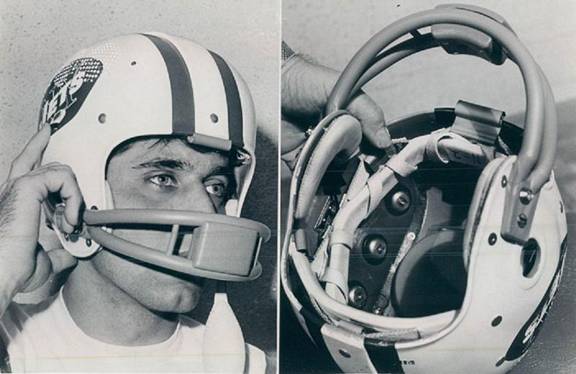From “Brave New Sports World,” Steve Hymon’s 1992 SI article about the future of AI in athletics, which is marked in equal measures by fear, awe and disbelief:
“In 1989, while doing work for a ‘certain’ government agency, [computer scientist David] Hillman was given the task of coming up with a practical application for neural-network technology, a type of artificial-intelligence programming that is capable of processing diverse streams of information. A fan of the Washington Redskins, Hillman decided to mix work with play, so he created a program that thinks like a defensive coordinator. Between plays of a game, the computer operator uses a mouse to input six pieces of data: down, yards to go, field position, score, quarter and time remaining. Then the computer spits out the probability of the next play’s being an inside run, an outside run, a short pass, a long pass or, when called for, a punt or a field goal attempt. For instance, the computer’s response to a third-and-three situation, with the offense on its own 35-yard line, the score 7-7 and 13 minutes remaining in the second quarter, is a 54% chance the offense will try an inside run, a 22% chance it will throw a short pass, a 12% chance of a long pass and a negligible chance of an outside run.
Initially, Hillman taped and charted three Redskin games from the 1989 season to serve as his data base; then he tested his program by watching several televised 1990 games and comparing the computer’s responses with the teams’ reactions. The results were good: In 70% to 80% of the plays, the computer correctly predicted what the Skins would do. In one game, the computer hit 95% of the plays. The second time he tried, using three Redskin games from the 1991 season as a data base, Hillman’s program nailed 76% of the Redskin plays in last January’s Super Bowl — which is pretty good considering that Washington coach Joe Gibbs is known for coming up with new offensive twists during the playoffs.
‘It’s still up to the defensive coordinator to make a decision,’ says Hillman. ‘But the computer can recommend that during certain situations a certain defense should be used.
‘And I feel like I’m just touching on this superficially,’ says Hillman. ‘With even more variables, such as field condition, the computer should do even better.’
Two questions come to mind. Could Hillman’s program be used in the heat of a game? Would it help?
‘If a computer was used during a game, it would be most helpful,’ says Stanford coach Bill Walsh. When asked whether a computer, perhaps a Wires, might one day call the plays, Walsh says hesitantly, ‘It’s so mind-boggling, I wouldn’t be able to respond.’ Then he switches the subject.
‘In the very near future, I think what will happen will be communication from the sideline to the quarterback through a microphone in the quarterback’s helmet,’ he says.
Walsh’s response is repeated to Hillman, prompting him to describe another scenario. ‘If you have a computer with a voice-recognition system of, say, 300 words, you wouldn’t have to use the mouse to input the data into the computer,’ he says. ‘You could simply tell the computer what the situation is. It would give you the answers, and from the coaches’ booth you could relay the information straight to the players on the field through the headphones in their helmets.'”
Tags: Bill Walsh, David Hillman, Steve Hymon

